|
When designing your online shopping experience, consider what platform your intended audience will use for purchases. In the U.S. and Europe, most consumers still use the desktop, with only 30% of U.S. e-commerce sales coming from mobile devices. However, within the U.S. there are large demographic differences. Surveys show that hispanics in the U.S. tend to shop far more on their mobile devices then other demographic groups, so if your products or services target that market, you should spend extra effort testing the user experience on a small phone with relatively slow speeds.
Keep in mind when planning for 2016 that mobile growth rates vary tremendously from country to country, and just like in the U.S. there will be pockets of consumers who have different shopping habits. So, when you localize the shopping experience for each market, do your homework and optimize for the type of buyer, the download speed, and the likely device. And don't forget to check our blog from November 3rd for advice on big shopping holidays around the world.
0 Comments
Considering going global or expanding your global operations?
The U.S. government lists the top 15 countries for exports of goods.1 Canada tops the list, followed by Mexico and China. Current retail numbers show a likely softening of the U.S. market, so you'll want to pull out all the stops next year. This means localizing for niche markets within the U.S., and creating marketing campaigns for each local market outside the U.S. Tailor your message, translate product manuals and packaging, carefully consider color choices for websites and product packaging, and staff up so that you can answer customer questions in multiple languages. The more effort you make to reach out to customers in their own languages, the more likely your sales will take off. You may even need to do some language adjustment for English speaking countries. Some terms that you use might come across properly. For example, did you know that if you tell a group of U.K. business people that you want to table a matter, they'll think that means you want to discuss it right then? Be sure that the words you use mean the same thing overseas. And, as always, avoid translating humor. Either re-write it to suit the local market or leave it out altogether. Start your globalization process by researching potential markets; just 15 countries account for nearly 75% of all U.S. exports. In order, they are:
1. http://www.census.gov/foreign-trade/statistics/highlights/top/top1509yr.html
Most of our large cities have pockets of immigrants where English is rarely heard and local newspapers circulate in foreign languages. Increase your market penetration by advertising in the local language papers; translate your tv ads and your social media posts. And don't limit yourself to the hispanic population, many cities have large groups of Chinese, Tagalog, French, Vietnamese, Russian, and Arabic speakers as well.
Tis the season to send out mass emails to customers and prospects hoping to cash in on the holiday spending spirit. If your business is global, you need to give a little extra thought to your holiday missives. It may be fun to send a Thanksgiving greeting to your U.S. customers, but your European clients won't be celebrating the day and your message will fall flat. Likewise trying to woo your Asian customers with Christmas deals may not be the best strategy, but many overseas cultures do make a big deal out of New Year's. Your best option is to put together a calendar of your major markets and their holidays. What should be on it? China: Singles Day, November 11. A new holiday, begun in 1993, it is now one of China's largest shopping days, far eclipsing sales for U.S. holidays. Alibaba, the online Chinese retailer, pounced on Singles Day, and in 2012 doubled the revenue U.S. companies grossed from Cyber Monday. In 2013, Alibaba racked up $2 billion in sales in the first hour of the day. With that success, it's no wonder that Alibaba is hoping to export the holiday to the U.S. and Europe. China, Vietnam, Korea: Lunar New Year and National Day holidays, late January to February. Because this is a lunar calendar festival the dates move every year within this range. This is one of the largest shopping holidays for these countries. People buy clothing, food, and luxury items to give as gifts. In 2015, Chinese tourists to the U.K. spent an average of $1,100 per person on new year's gifts. In Vietnam, sales increase up to 50% just prior to the new year's celebrations. Keep in mind that many stores close for the holidays themselves, and most of the shopping happens in the days and weeks leading up to the big celebrations. If you are a B2C company, you won't want to miss out on this holiday. India: India's largest shopping holiday is Diwali. Another lunar calendar event, it can fall in October or November. Jewelry and cars are especially popular holiday gifts, as it is believed that buying expensive items can bring good luck. Some malls report a 20% increase in traffic during the holiday, with customers often spending most of a month's salary on gifts. U.K.: While the U.K. does participate in Cyber Monday, their other big shopping day is boxing day, the day after Christmas. In 2014 they spent £2.7 billion that day alone. France: In 2014, January 7th was the highest grossing shopping day of the year, with more than double the average day's sales. France was the only European country to have its best shopping day after the holiday season. Mexico: November 18th, El Buen Fin or the anniversary of Mexico's 1920 revolution is a major shopping extravaganza. A four day event, in 2014 it grossed $14 billion. This list of holidays should get you started on thinking about when your customers will be walking the malls and surfing the net for the best deals. Personalize your email and social media campaigns and tailor them to each market, and you'll have a happier and successful holiday season. 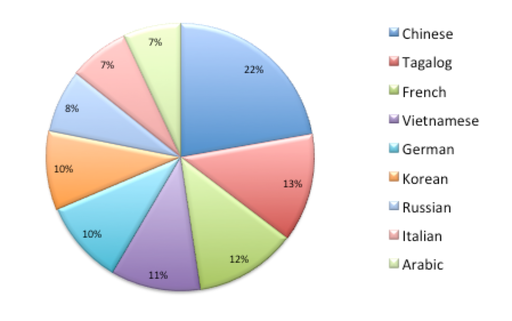 In honor of world statistics day, we thought we'd share some stats that show how important it is for U.S. businesses to translate their marketing and product materials and hire interpreters for events for domestic audiences. 55 million people in the U.S. speak a language other than English at home, close to 20% of the population. 62% of those 55 million people speak Spanish or Spanish Creole. Of the remaining 21.9 million people, 20%, or roughly 11 million of them speak 9 different languages. The balance of people, 10 million, speak 28 different languages (or derivatives of those languages.)
So the next time you tweet out to your followers or upload a video, think twice about just releasing it in English. There are a whole lot of people out there who may want what you're offering, if only you'd advertise it in their language. Source: 2006-2008 American Community Survey. Image source: http://www.printsome.com/blog/2015/creativity-gone-wrong-when-brands-translate-and-fail/ When companies rely on in-house bilinguals for localization work it's often due to budget constraints or an inadequate understanding of the complexities of localization. Short cuts in this field generally lead to problems down the road. As a friend of mine once said, "never time to do things right, only time to do things twice." Hiring a localization company to oversee and project manage your company's localization effort may look more expensive than tapping bilingual Joe in the cubicle down the hall, but going the professional route is likely to save you both time and money down the road, and you're less likely to damage your brand in the process. Here's why: 1. The localization company has been there and done that. We've taken lots of companies through the process. We know how to organize your project so that there is minimal need for re-work. We work with you from the start to set up a project glossary that defines important terms to ensure that they are translated the same every time. We factor in time for the editing and review process, and we can help you with all your marketing channels, from print, to website, to social media, to video. 2. We map out what needs to be converted. For example, we know when the Spanish speaking countries in which you are launching have dialects sufficiently different as to require their own project streams, preventing embarrassment down the road from translation mistakes. 3. Our professional linguists don't just translate, they transcreate. It's not adequate to translate word for word, because it's the context and nuance that matters. Professional linguists take what you have written and recreate it in the target language so that it truly means the same thing as the original. 4. Social Media is unforgiving. These days it takes seconds for posts to go viral. That means if you accidentally use the word embarazar when you meant avergonzar, your'e going to be in hot water. And, the whole world will know it instantly because you've just confused pregnant with embarrassed. It's happened before. In fact, the Parker Pen company claimed that Parker Pens "won't leak in your pocket and embarrass you." However they mistranslated it to "No te embarazará chorreándose en tu bolsillo", which means "Won't leak in your pocket and impregnate you."1 Imagine if that had been posted to Instagram! 5. Version control. If you take on the localization in-house, chances are you'll be farming it out to many different people potentially in many different locations, and that means that changes in the text may get lost across channels and languages. A localization firm will provide a dedicated project manager who's job is to keep those changes straight and make sure they flow through your entire project. These are just a few of the reasons why it saves time and money in the long run to hire a localization firm to adapt your product and marketing materials for international markets. For more tips, read our Translation Insights. There are enough challenges to moving into international markets. Make sure your own materials don't become an obstacle to success. 1. Wikipedia: https://en.wikipedia.org/wiki/Embarazada Global market expansion usually means working with teams in the new countries. These international teams are integral to the success of your projects and your company, and team leaders need to adjust how they manage their people in order to meet their goals.
1. Choose a corporate language. Most companies agree to conduct business meetings in English, if there are teams collaborating from multiple countries. While team members may not be fluent in English, chances are that everyone will know enough to get by. However, because English is not everyone's native tongue, when teams are on conference calls, the native English speakers need to speak slowly and clearly so that the international teams have a greater chance of following along and understanding what is said. 2. Be sensitive to cultural differences. In some cultures, it is impolite to disagree in public, or to jump into a conversation without being recognized first, or to present ideas that are not fully thought through. If you are leading the meeting, make sure you ask for input from your quieter team members. Explain offline to your international teams what you expect during meetings. Do you do a lot of brainstorming? Do you want ideas to be challenged in the moment? Set guidelines for in-meeting behavior that everyone understands. 3. Expanding on the cultural differences issue, consider bringing in a cultural awareness coach to talk to your teams about the difference in cultural norms between countries, and other business etiquette issues that you and your teams may not be aware of. Undergoing some training in these areas can really boost camaraderie among globally dispersed teams and improve productivity as people gain an understanding of how others work and communicate. 3. If at all possible, send out an agenda the day before your meetings so that whichever time-zone your team members are in, they will have adequate time to prepare. For standing meetings, follow the same format from meeting to meeting so that everyone knows what to expect. In some cultures, employees need to confer with their local management before jumping on a conference call with their global team. Give them the time they need to be prepared. 4. Reiterate what is said on the call. Summarize others thoughts and check that you and the group understood properly. Send out a list of action items after the meeting, and recap conclusions that were reached. Invite participants to ask clarifying questions and to tell you if they didn't understand what was said. Work to create a culture where it's okay to ask someone to rephrase or re-explain their thought. 5. Spend some time at the beginning of each call connecting team members on a more personal level. Give team members a chance to talk about what they did over the weekend, or what they're planning to do. Ask about an upcoming holiday celebration. Even the weather will do in a pinch. If you can re-create a water cooler feeling for a couple of minutes, it will help your team bond. 6. Establish how team members prefer to communicate when not on a call. Tools like Slack can be extremely useful for keeping everyone up to date, but they can also resemble a fire hose. Gain agreement on what should be emailed, how fast you expect team members to respond to email, what should happen in online forums, and appropriate hours for phone calls. The more aware you are of cultural differences, the more social norms you create that cross country and cultural boundaries, and the more you work to connect team members on a personal level, the more productive your global team will be. Wouldn't you love to increase attendance at your conferences and trade shows? One way to do that is to reach out to the international community. Research shows that only 2 of 10 exhibition attendees are from other countries. By putting in place the right global strategy you can tap a whole new market. Join RABI CEO Yvette Fang for an informative webinar about how to increase international attendance at your trade shows and conferences. Yvette will walk you through:
What is Omni-channel localization?
It's localizing every step of the customer experience, from initial contact through post-purchase engagement. Every interaction with your customer should reflect your brand and your values, but also be readily understood and appealing in local markets. And while you may need to adjust your language, your tone, and your advertising channels from market to market, within each market you need to have consistency from first touchpoint to last. Start by charting the customer engagement process step-by-step for each market and then do your research. For every step, you need to discover how best to interact with the customers in that market. Customers in Germany engage with companies differently than those in Japan, so discover for each local market which mix of channels your customers prefer, whether it be phone surfing, word-of mouth, social media, etc. What tone do they expect when they receive email communications and how much are they willing to read? How much hand-holding do customers need in each market? Do they want to visit a physical store first to play with the product or are they willing to order directly online? Don't forget to think about live touch points as well. Call centers should be adequately staffed with people who speak the local language, phone prompts need to be localized, website chat options need native speakers, and social media channels should be chosen for their importance to that community and staffed, again, with native speakers. Every time your customer reaches out to you or you reach out to her, the experience should be consistent and personalized, from the basics, like only showing products on the localized websites that are actually offered in that market, to ensuring that the translated language has consistent terminology, to true two-way engagement that demonstrates that you understand your customer as well or better than your local competitors. RABI partners and our local D.C. team were pleased to attend the Destination D.C. marketing outlook 2015 event. Destination D.C. hosted more than 500 tourism, trade, and local business members for a look at how the tourism and convention business is set to grow in D. C. over the next few years. We met Destination D.C.'s President and CEO, Elliott Ferguson, who stopped by our table at the event. Great speakers and sessions made the event fun and informative. Some of the fascinating facts that we learned include:
The takeaway from the event? Huge growth in international tourism, especially millennials, represents a major opportunity for savvy companies. Successful businesses should provide support at their events for participants for whom English is not their first language, and they should also localize their marketing materials and social media posts to reach potential visitors in their languages via the marketing media that their audience consumes most. We can help you provide the best experience and outreach to your market. RABI offers a premier events solution to help plan and organize global events and international conferences and ensure seamless communication through advanced services and technologies. Services we offer include:
Visit redblueint.com/events.html for more information about our events solution and to download our case study, Simultaneous Interpretation: a Commercial Property Company.
|
Author
Archives
March 2024
Categories
All
|
Photos from : : Ys [waiz] : :, bjahind, fabola, MattysFlicks, @sage_solar, LoS, Traducción e Interpretación, Kyle Taylor, Dream It. Do It., _gee_, keepitsurreal, One Way Stock, Airviewsphotos, GotCredit, efile989, Benoit cars, ** RCB **, stephiesal853, Francisco Anzola, Highways England, ITU Pictures, VIPevent, leoplus, Karsten Bitter, Jolante, jobstop11, Nguyen Vu Hung (vuhung), jurvetson, mikefats, YooSan, sandrafdzh, roland, mikecogh, y entonces, Donald Lee Pardue, Gatorgoon, daniel0685, BÜNDNIS 90/DIE GRÜNEN, rick, {Guerrilla Futures | Jason Tester}, mikecogh, markyharky, amslerPIX, jo.sau, IAEA Imagebank, lisa-skorpion, Toronto Public Library Special Collections, Wootang01

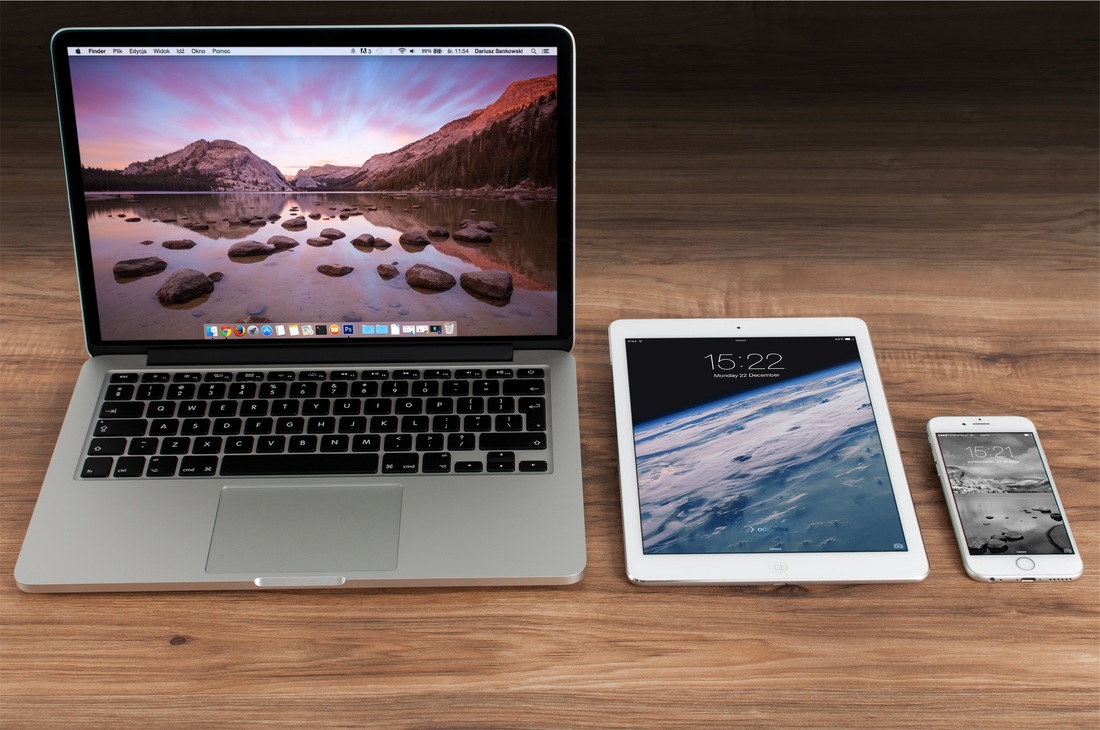




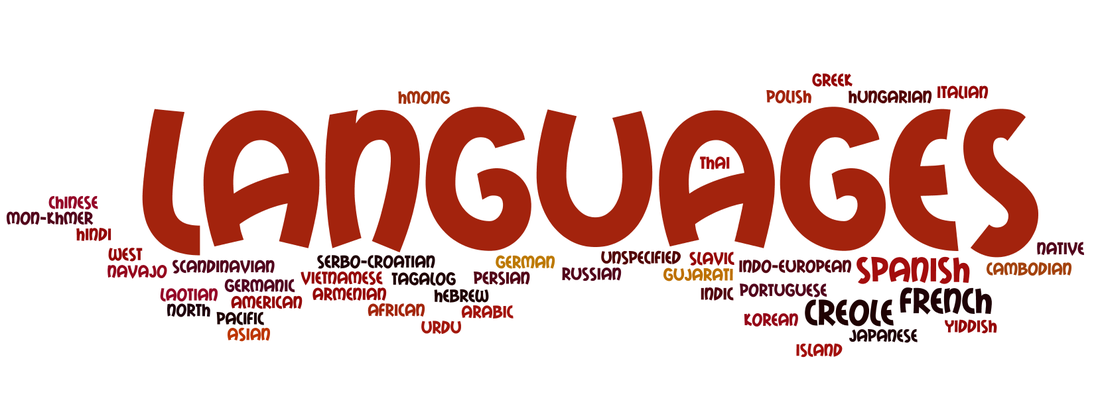







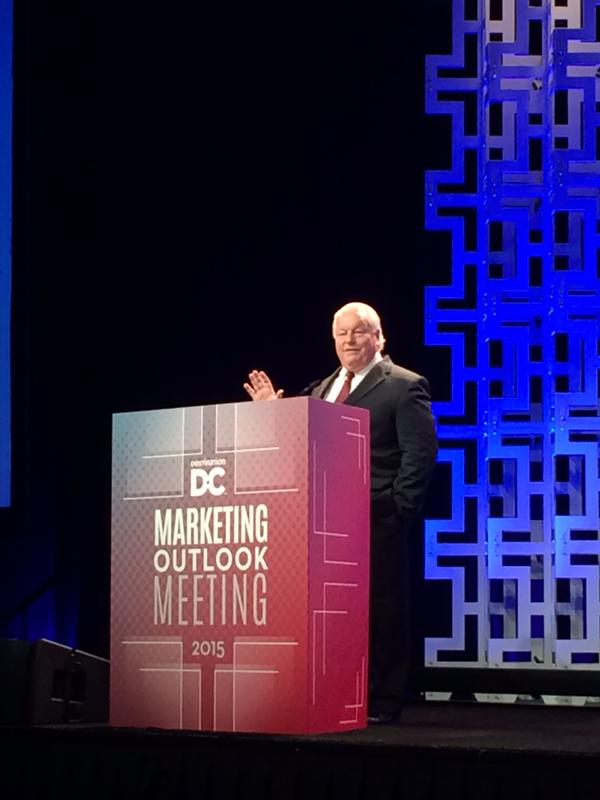
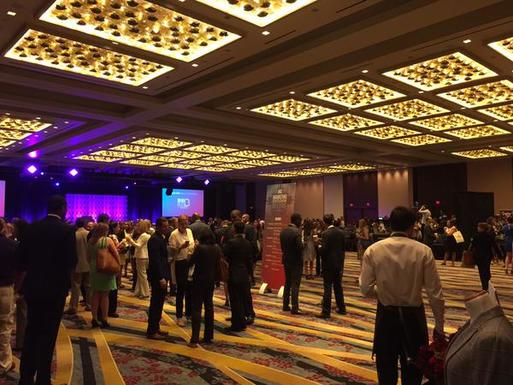

 RSS Feed
RSS Feed
